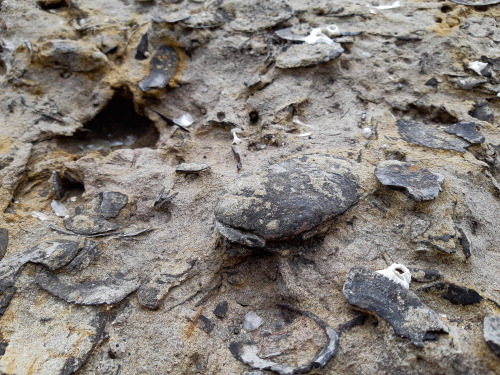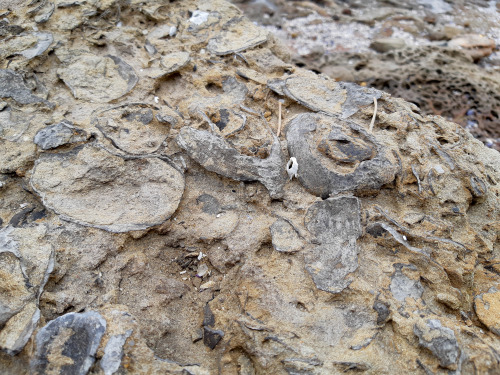Make One Of Our Wildlife Friends Your Valentine This Valentines Day! For A $5 Donation, We Will Deliver


Make one of our wildlife friends your valentine this Valentines Day! For a $5 donation, we will deliver a yummy box of worms from you to them. Photos of the deliveries will be updated on Valentines Day. Donate here to get started: https://www.facebook.com/sncwild/posts/4168465543165140
More Posts from Sawgrassnaturecenter and Others

This cute craft is something we do every Summer with our campers. Getting them outside to find their perfect rock is only part of the fun. We let them have creative freedom over their designs, so they can paint their favorite little critter at the SNC. The results are cute paper weights like this!
(via)
This is one of our resident parrots, Fred. Fred and his partner in crime, Alice, were surrendered upon the death of their owner to the Sawgrass Nature Center. In captivity, this particular species of parrot can live up to 80 years.
This juvenile red tailed hawk was brought to the SNC a few weeks ago after being found injured on a golf course. On Sep. 27 the hawk was successfully released back into the wild!
Red tailed hawks are native to Florida and, like all hawks, considered a bird of prey. Their large talons and sharp beaks are perfect for ripping and tearing their prey. It also makes them difficult patients. Luckily, our experienced rehabber was able to get the hawk all patched up and back into the wild in record time!




Ancient sea bottom exposed along a modern seaside rocky platform. This immense amount of fossilized shells is preserved in ~250 million year old sea sediments which would have been a feeding grounds for all these bivalves.
South coast, NSW, Australia.

Black Vulture, Coragyps atratus
My friend and I pulled off the highway to go check the old boardwalk for gators and we saw this beauty. Someone must have tossed a nickel/dime/quarter on her back and it didn’t fall off the entire time we watched her floating around beneath us.
Decline of the Everglades Snail Kite
The Everglades Snail Kite is a hallmark of Florida wildlife. Found in central and south Florida, this magnificent bird of prey thrives in swampy, wetland habitats (Audubon Society, 2020). Unfortunately the population of this seasoned hunter has dropped at an alarming rate.
The Everglades, a vital habitat to the Snail Kite, has been significantly reduced in size due to expanding infrastructure and construction of surrounding human populations (National Park Service, 2019). Fortuitously, organizations such as the Everglades Foundation have worked tirelessly throughout the years to restore and conserve the Everglades which is home to many of Florida’s unique species. (The Everglades Foundation, 2020).
But habitat loss is not the only struggle the Everglades Snail Kite faces. Their curved beaks are adapted specifically to feed on its namesake: Florida Apple Snails, or Pomacea paludosa. While there are several species of Apple Snails currently located in Florida, Pomacea paludosa is the native species of apple snail to Florida. There is some debate over whether local populations of the Florida Apple Snail may be a separate species from Pomacea paludosa (Schad, 2018), but we will only be referring to Pomacea paludosa for the purpose of this article.
One might think that the addition of new types of apple snails to Florida would mean the expansion of food for the Everglades Snail Kite, but that does not seem to be the case. Their beaks are so specifically adapted to the smaller, curved shells of the Pomacea paludosa, that the Everglades Snail Kite cannot use its beak successfully to feed on larger species of Apple Snails that are invading Florida wetlands. This poses another problem where the larger species of invasive apple snails are outcompeting and displacing the smaller Pomacea paludosa. The Everglades Snail Kite is facing food loss in addition to habitat loss.
But all is not lost. Harbor Branch Oceanographic Institute, located in Fort Pierce, Florida has successfully completed research on the practice of captive breeding the Florida Apple Snail with a long-term goal of finding ways to replenish wild populations of Pomacea paludosa (Garr, Amber, Helen Posch, Margaret McQuillan, Megan Davis, 2012). These practices, if safely regulated and approved, could be used to help replenish the population of the Everglades Snail Kite by providing it with more food. Regulations and controls are needed to ensure that captive populations would not introduce new bacteria, or diseases to wild populations.
The Everglades Snail Kite is not the only endangered species in Florida, but it is a wonderful example of how—when united—people have the chance to improve many environmental problems.
Audubon Society, 2020. The Everglades Snail Kite. Audubon Florida.
[https://fl.audubon.org/birds/everglade-snail-kite]
Schad, Morgan. 2018. The Discovery of a Forgotten Species in an Unexpected Location: Pomaceamiamiensis in Palm Beach County. Harriet L. Wilkes Honors College.
The Everglades Foundation, 2020. About. [https://www.evergladesfoundation.org/about]
Garr, Amber. Helen Posch. Margaret McQuillan. Megan Davis. 2012. Development of a captive breeding program for the Florida apple snail, Pomacea paludosa: Relaxation and sex ratio recommendations.
Aquaculture. Volume 370-371, Pages 166-171.
[https://www.sciencedirect.com/science/article/abs/pii/S0044848612006163?via%3Dihub]
National Park Service. 2019. Restoration of Everglades National Park. U.S. Department of the Interior.
South Florida Natural Resources Center. Everglades National Park.
[https://www.nps.gov/ever/learn/nature/upload/RestorationFactSheet%20Lo%20Secure.pdf]


I’ve said it before, and I’ll say it again: WILDLIFE REHABBERS ROCK! This nestling hawk was found on the ground at my work, we scooped him/her up, and got him to a rehabber in about an hour. The dedication to wild critters is remarkable, and it’s pretty impressive how people make themselves immediately available for the sake of animals.
The head stabilization of an American Kestrel
Source
-
 bookwyrmth1rt33n liked this · 4 years ago
bookwyrmth1rt33n liked this · 4 years ago -
 sawgrassnaturecenter reblogged this · 4 years ago
sawgrassnaturecenter reblogged this · 4 years ago

The Sawgrass Nature Center (SNC) is a nonprofit located in South Florida. Our mission is to educate the public about native wildlife and environmental stewardship. We also rescue, rehabilitate, and release injured, orphaned, or sick wildlife. Animals that cannot be released due to permanent injuries or disabilities are given a forever home on site with animal keepers that know how to properly care for them. We are able to operate due to donations from generous patrons. If you are interested in helping us further our mission, check us out at: https://sawgrassnaturecenter.org/
202 posts